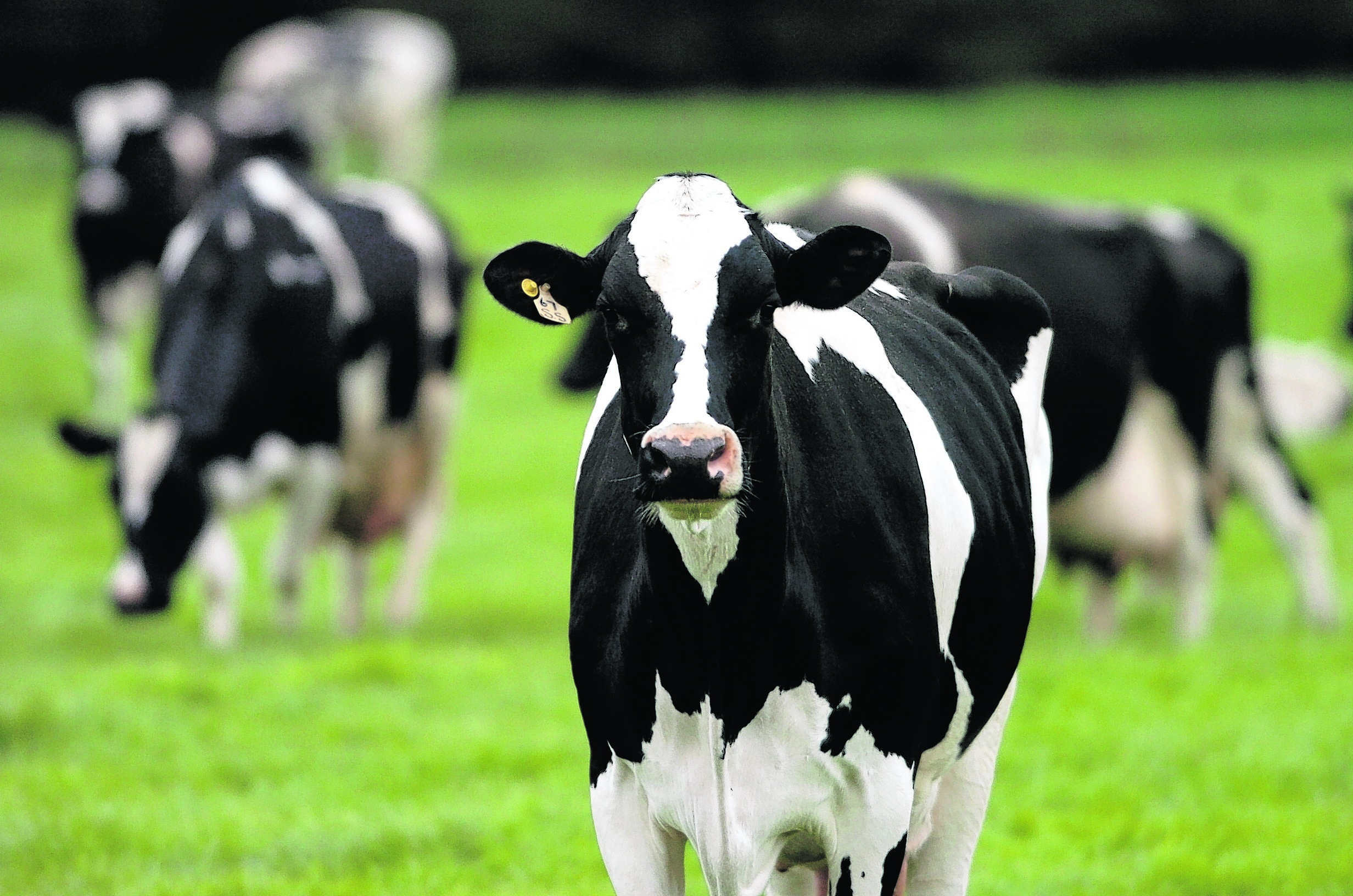A year of “brutal extremes” across the cereal, potato and milk sectors has caused a crash in Scotland’s farm income.
Publishing the Total Income for Farming Estimates for Scotland for 2012 to 2014 yesterday, the Scottish Government’s chief statistician revealed an 18% drop in estimated agricultural income over the last year. The total projected income for 2014 sits at just £668million – well back on the “strong” income that extended to £823million over 2013.
Within this figure, “big changes” can be attributed to a £105million loss of income from potatoes, a £64million fall in Single Farm Payment and a £46million reduction in income from cereals and cropping.
Overall, livestock saw a small increase in value, though there was a small decline in the largest sector – the beef industry – with falling prices and slaughter numbers.
Output from slaughter or sales of cattle amounted to an estimated £710million.
However, it was a better year for sheep farmers, with increased prices and numbers resulting in a 15% increase in output to £203million.
The pig industry also regained some of the value lost in recent years, with an estimated output of £94million, up £15million on 2013. Poultry was down £18million to £100million.
Rural Affairs Cabinet Secretary Richard Lochhead said he found the figures “disappointing”, particularly after such strong growth over 2013.
However, he said they came as no surprise given the “dreadful budget deal” negotiated by the UK Government and subsequent reduction in Single Farm Payments.
“The statistics reveal some of the challenging conditions being faced by some sectors of Scottish farming, such as the current difficulties in the dairy market,” said Mr Lochhead.
“Cereals have been hit by the fall in world prices, however it’s good to see that our farmers have been at least partly helped by bringing in a bumper harvest and by the fall in fuel, fertiliser and seed prices.
“There was a good potato harvest but a fall in consumer demand has seen a challenging year for the potato sector where we have also seen a fall in income,” he said.
Similarly dubbing the figures as “disappointing” NFU Scotland president Nigel Miller said that although the sun may have shone for most in 2014, headline figures only hint at the real challenge that many Scottish farm businesses have had to face up to over the past year.
“Brutal extremes in volatility have swept through the cropping sector and, in recent months, left both milk and potato producers in a critical place,” said Mr Miller.
Mr Miller said all the key sectors of Scottish agriculture are currently haemorrhaging money and that fragility is exacerbated by a fracture in trade with Russia and stalling Chinese markets. “Europe has a role to manage the market in the face of such trade sanctions,” he said. “The use of realistic intervention buying and export guarantees in now urgent if producers are not to be forced out of farming. Retailers also have a role in ensuring that the primary producers share of the shelf price sustains quality home production for the long term.”
